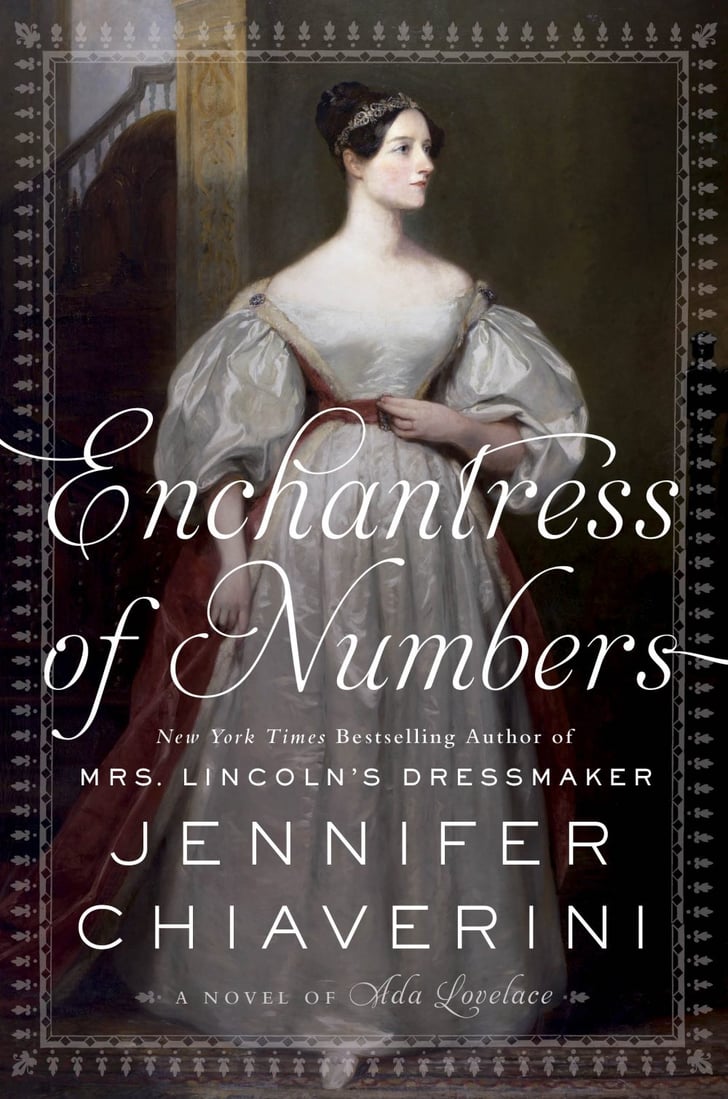

Lovelace was tasked with translating the article from the original French that numbered around 8,000 words. In 1842, Babbage asked mathematician Luigi Federico Menabrea to write a paper about the Analytical Engine for a Swiss academic journal.


The translation ‘notes’ that tripled the academic paper She subsequently became involved with the development of Babbage’s next project, the ‘Analytical Engine’, which sought to perform even more complex functions. Ada was intrigued and shared her own studies and thoughts on how the prototype could be enhanced. In 1833, Babbage had invented the ‘Difference Machine’: a device that could make reliable calculations using numbered wheels. The leading mathematician and inventor inspired her and became her friend and mentor. The Difference Machine and the early concepts of the computerĪt age 17, Lovelace was introduced to Charles Babbage. These educators included another ground-breaking woman, Mary Somerville – an astronomer and mathematician and one of the first women to be admitted to the Royal Astronomical Society. With the advantage of wealth, Ada’s mother was able to employ leading tutors to educate her in maths, science, and languages – a rare education for even an aristocratic woman in these times. (Lord Byron dubbed his wife ‘the Princess of Parallelograms’ and we don’t think this was meant as a compliment!). While driven by a desire to quell any artistic temperament Ada may have lurking in her genes (she was even forced to lie still for long periods to promote her ability for self-control), Lady Annabella was herself an accomplished mathematician and recognised a talent for the subject in Ada. Lady Annabella’s marriage to Byron was short-lived, ending just weeks after Ada’s birth. Lady Anne Isabella Milbanke Byron (commonly known as Lady Annabella) was an aristocratic woman who believed that engaging her daughter in rigorous studies would override any tendencies towards the less desirable artistic characteristics she may have inherited from her father, the romantic poet Lord Byron. Female achievement backed by female beliefĪda Lovelace’s achievements in the male-dominated field of maths and science are not only inspiring in their own right but were made possible by another pioneering woman – Ada’s mother.

That this pioneer was also a woman, who achieved all this by the age of 36 and whose scientific and mathematical education was designed primarily to prevent her from developing any moody and volatile artistic traits that may be in her genetic make-up, is really quite remarkable.Īda Lovelace was a true trailblazer in the field of mathematics and a clear demonstration that women could excel, given the opportunity. A mathematician, considered to be the first computer programmer, and who mused upon the possibilities of artificial intelligence as early as the mid-1800s would be considered ground-breaking.


 0 kommentar(er)
0 kommentar(er)
